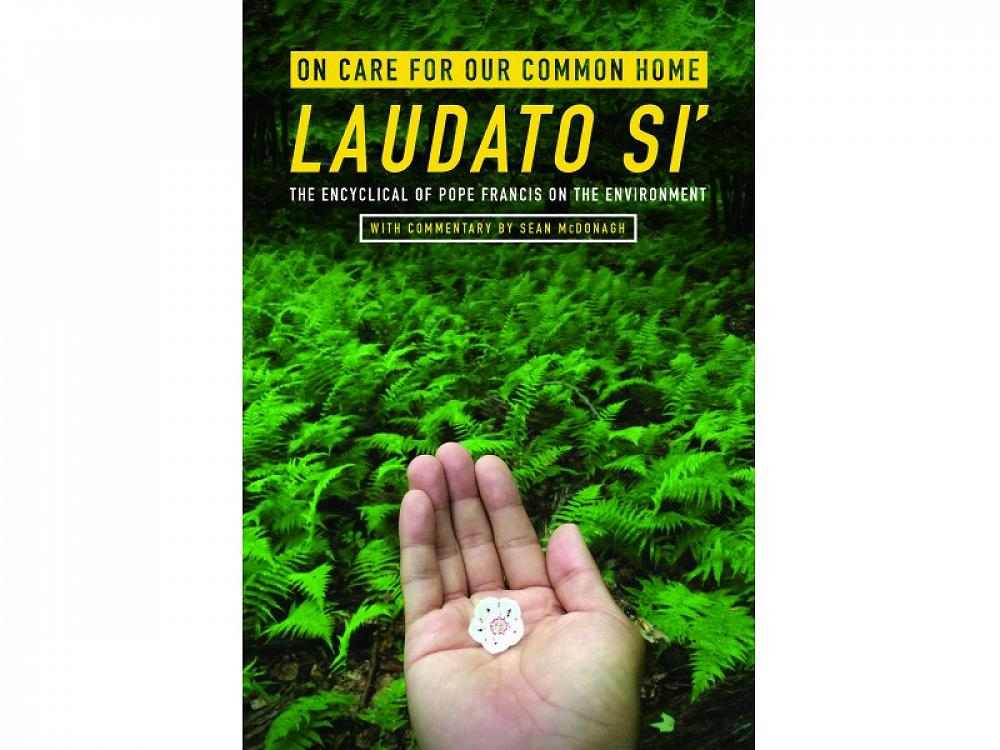
On Care of Our Common Home, Laudato Si’: The Encyclical of Pope Francis on the Environment.
Commentary by Sean McDonagh. Published by Orbis Books. Reviewed by Patrick Mahony
This book is in two parts. The first part, a little over half of the book, is a commentary by Sean McDonagh. Part ll is Pope Francis’s encyclical.
Sean McDonagh, now recognised internationally as an eco-theologian, first became aware of severe damage to the environment by human intervention and its impact on the poor as a Columban missionary in the Philippines during the 1970s-80s. He was a consultant to the Holy See when the encyclical was being drafted.
McDonagh says the Pope's call to the whole of humanity to hear and respond to the cry of the earth and the cry of the poor are the two focal points of Laudato Si’. They move the Catholic Church "from the periphery of global engagement with ecology right to the very heart of the debate."
The seven chapters of his commentary situate the need for the encyclical at this time. They deal with climate change, biodiversity, fresh water, the oceans and sustainable food. Each topic is discussed in depth and includes references to scientific evidence, attitudes and responses, areas where urgent change and new models are called for and theological and moral responses.
McDonagh’s final chapter calls for a serious, transformative re-education process for all people if we are to heed the Pope's appeal to humanity. He suggests a series of synods beginning in parishes and dioceses leading to a synod for the whole Church. He ends with stories of what committed individuals can achieve.
This is an unusual book and one might ask why and for whom it was written. The book’s title refers to the encyclical "with commentary by Sean McDonagh" but it is not a systematic commentary. I think McDonagh’s purpose is much broader. He understood how the encyclical would capture world attention and as a special event in the history of the Catholic Church, would need support and endorsement from experts. McDonagh’s commentary gives a broad context for the encyclical. Those who then read the encyclical in Part two of the book will do so with better information and insight.
